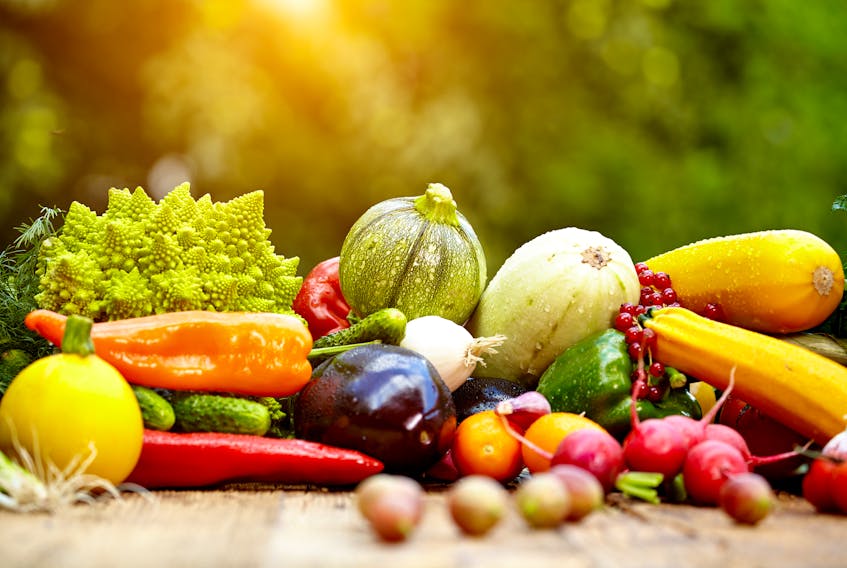Rough estimates suggest that anywhere from 15 to 20 per cent of packaged food products in Canada have shrunk over the last five years. Consumers find this irritating, but given the economics of the food industry, the industry can hardly be blamed.
Most consumers worry about the cost of food. We constantly look for bargains and the food industry knows it. According to a recent survey by Dalhousie University, almost 60 per cent of all Canadian consumers say price is one of the top three criteria when deciding what to buy at the grocery store. Grocers play around with prices to keep us on our toes.
For decades, to keep price points low, the shrinking package strategy has been part of the food industry. The tactic is so widespread that some have even given it a name: shrinkflation.
Food packages are shrinking all over the world.
A recent United Kingdom study suggests that almost 3,000 food products that have been downsized since 2012 can be found in a typical grocery store. This came as the annual food inflation hit a whopping six per cent and the food industry was being blamed for gouging consumers.
Similar numbers are coming out of the U.S. Many U.S. food manufacturers admit to shrinking packages to maintain competitive prices. And many of these products enter the Canadian market.
Food companies are simply trying to defend their profit margins.
Shrinkflation, or downsizing, is almost the norm and many consumers find the practice to be irritating. Yet food companies aren't really misleading the public. Weight and volume information can easily be found on any labelled package. It's just habit that makes us believe we're purchasing the same thing as we focus on the one constant that motivates our behaviour when shopping: price.
When costs rise in food manufacturing, a company has basically three options: raise the price, make smaller packages or change the ingredients.
Given how competitive the food industry is, raising prices can be challenging. In fact, since early 2018, prices in food stores have dropped.
The only viable option is to downsize portions. With the arrival of many non-food investment firms and conglomerates that value food as much as bolts, tires or buildings, recalibrating ingredients and changing packages is almost second nature. 3G Capital, the Brazilian giant that gobbled up Kraft Heinz, Burger King and Tim Hortons in recent years, is one good example. Most of these new players don't know the nuances of food products. They just look at the numbers. And they know that consumers are looking for the best price.
As food consumers, we value the lowest price and it's challenging to get past this way of thinking.
But instead of downsizing products and hoping no one will notice, higher prices could become a selling point for manufacturers. Studies show that consumers who remember how good a product tastes are willing to pay more for less if given no other choice. Selling flavour over quantity and being more transparent about packaging could let consumers appreciate that things get complicated and some adjustments are required.
But we all know that won't happen.
What's unclear is how shrinkflation is captured by the Statistics Canada consumer price index. Protocols show certain quantities but there is no explanation of how data collection is adjusted as quantities change rapidly. This contributes to food inflation in a subtle way. StatsCan could assist in monitoring shrinkflation to help consumers be more vigilant and assess how it affects our food budget.
Now, however, most of us wouldn't know. In some cases, quantities have been reduced by 15 per cent in three years. By compounding real inflation, food prices may have gone up by more than six per cent in many cases, when the reported food inflation rate was anywhere from 1.5 to 2.0 per cent.
In the end, consumers can be outraged and condemn the shrinking of food products. But food companies are just delivering what consumers are asking for.
Sylvain Charlebois is dean of the faculty of management and a professor in the faculty of agriculture at Dalhousie University, senior fellow with the Atlantic Institute for Market Studies and author of “Food Safety, Risk Intelligence and Benchmarking,” published by Wiley-Blackwell (2017).









